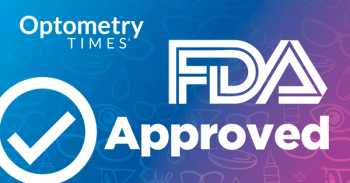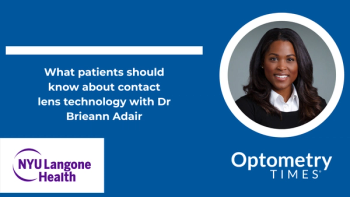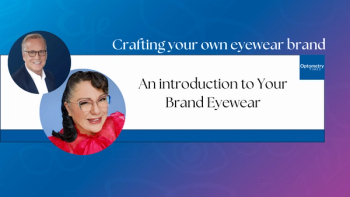
AAOpt 2024: What to know about performing capsulotomy and vitreolysis procedures
Nate Lighthizer, OD, FAAO, overviews a handful of YAG laser procedures in his AAOpt presentation.
Nate Lighthizer, OD, FAAO, recently presented on "YAG Lasers: Capsulotomy and Vitreolysis," at the American Academy of Optometry meeting. Lighthizer provides an overview of the two main laser procedures discussed in his presentation – YAG laser capsulotomy and YAG laser vitreolysis (laser floater removal). Lighthizer explains that YAG laser capsulotomy is the most common laser procedure performed by optometrists and ophthalmologists. It is used to clear a cloudy membrane that can develop after cataract surgery, significantly improving the patient's vision. He describes the procedure as quick, taking 1-5 minutes, and highly rewarding as patients are very satisfied with the results.
The other procedure covered is YAG laser vitreolysis, which is an in-office laser treatment for symptomatic floaters. Lighthizer notes this procedure is gaining popularity as it offers a middle ground between just observing floaters and undergoing a more invasive vitrectomy surgery. He outlines the ideal candidate as someone who has had the floater for at least 6 months, with symptoms matching the structural appearance of the floater. Lighthizer emphasizes the importance of successful co-management between optometrists and ophthalmologists for capsulotomy patients. This includes identifying appropriate candidates, educating patients, and closely monitoring post-operative recovery. He also encourages optometrists in the 12 states that currently allow laser procedures to consider offering these services, as the number of states is expected to grow.
Overall, Lighthizer's presentation aimed to increase awareness of these laser procedures and inspire optometrists to incorporate them into their scope of practice where permitted. He believes these treatments can significantly improve patients' vision and quality of life.
Newsletter
Want more insights like this? Subscribe to Optometry Times and get clinical pearls and practice tips delivered straight to your inbox.



















































.png)


